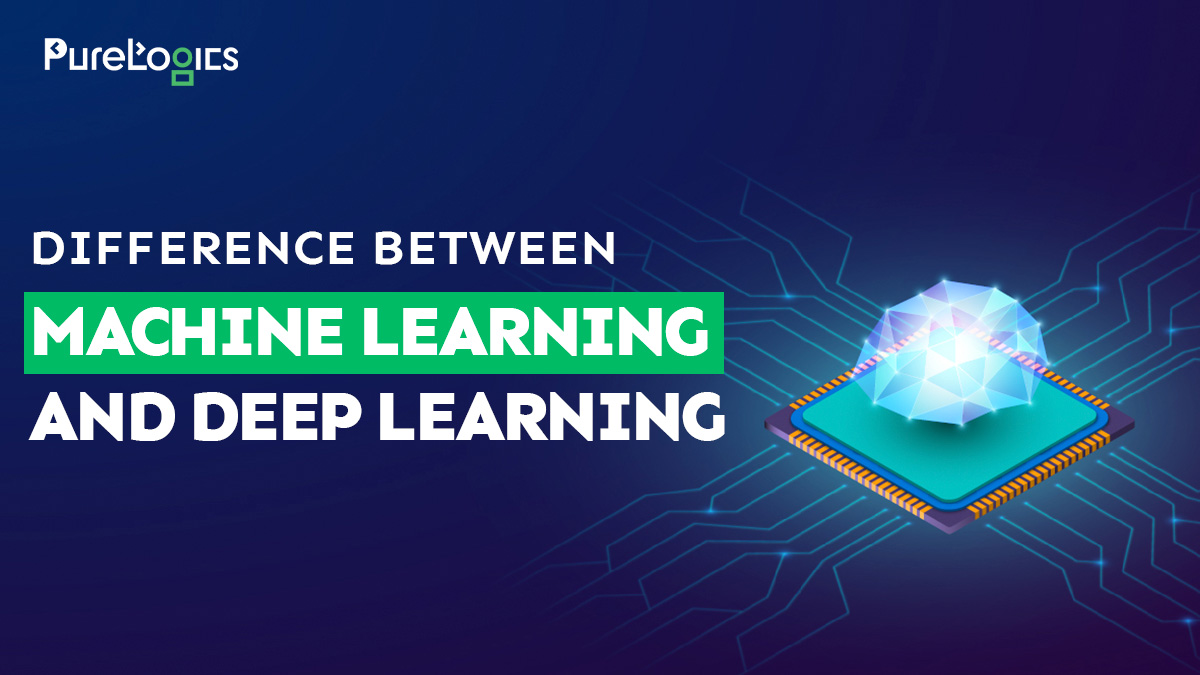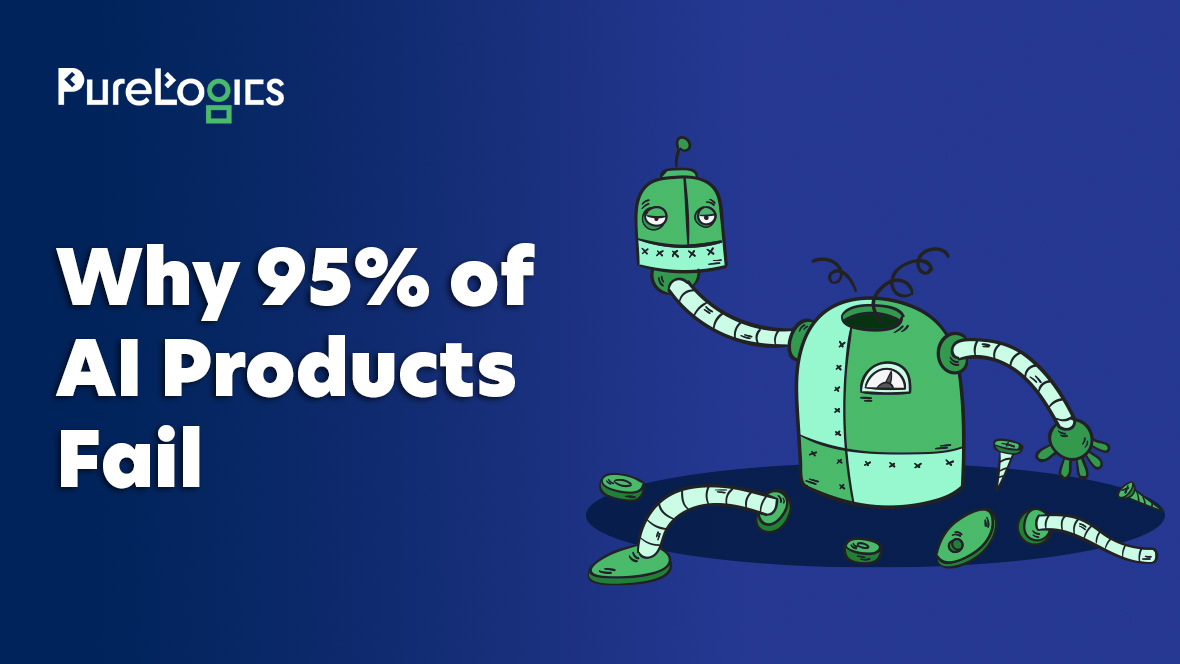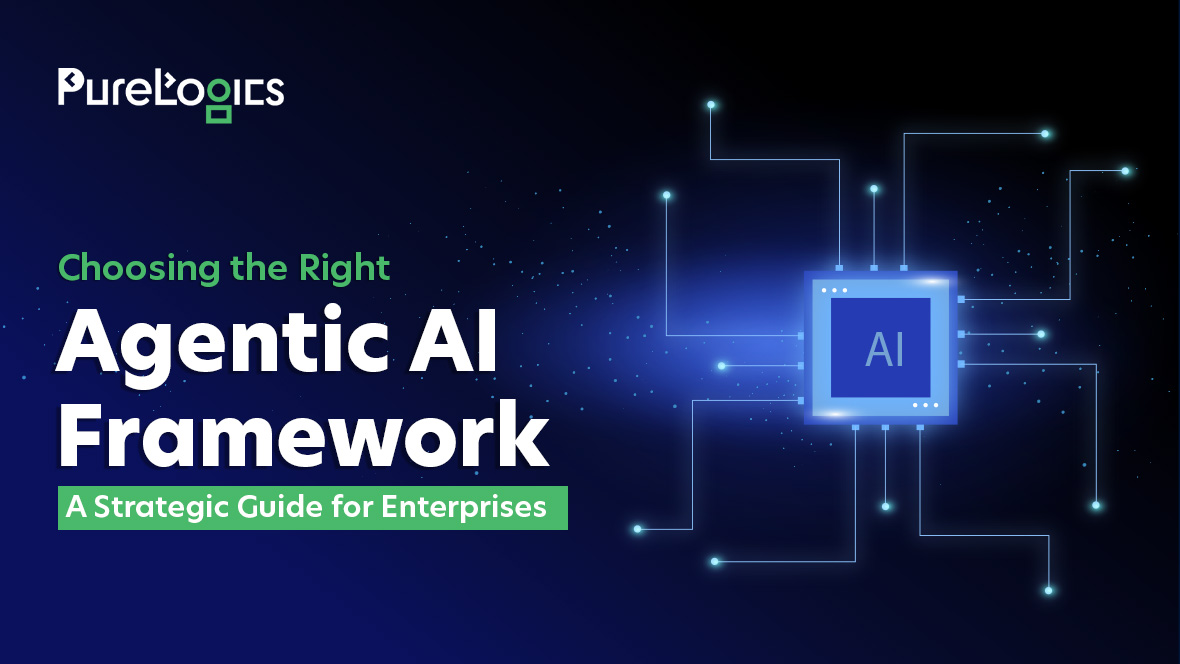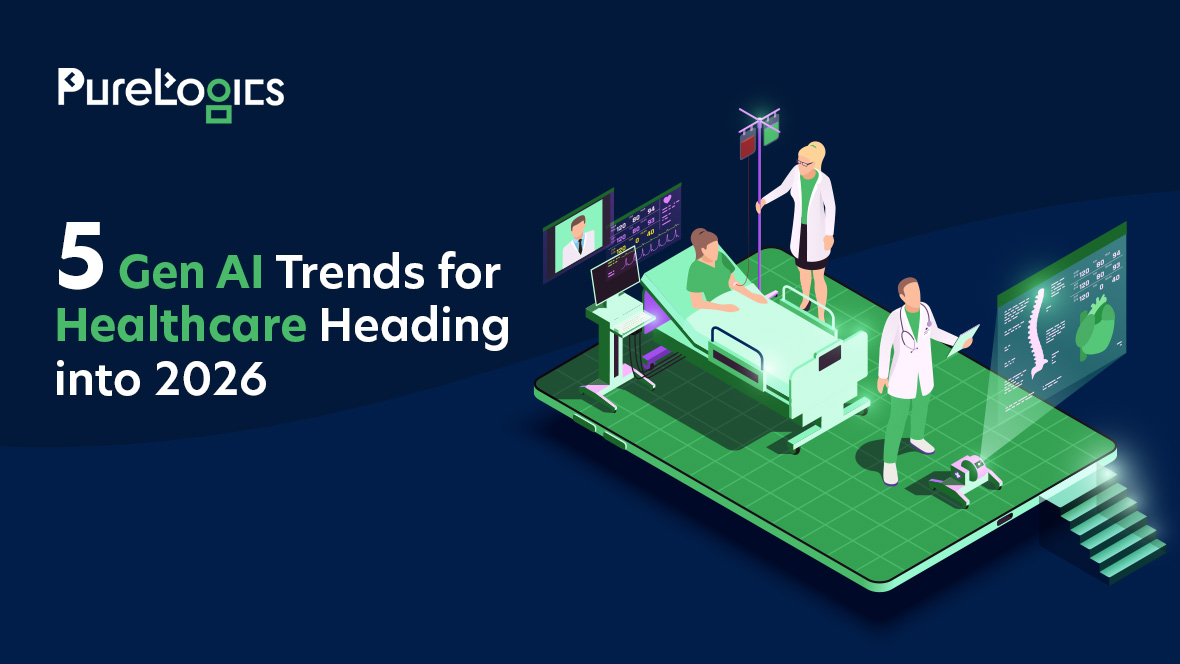Did you know that by the start of 2023, more than 85% of companies were already using artificial intelligence (AI) in some form and getting higher ROIs you can’t imagine even now?
This is a shocking number! Right?
Have you ever thought about the differences between two popular branches of AI – machine learning (ML) and deep learning?
Stay connected with us if you want to understand these two terms and grow your business like that 87% of the companies that used AI timely and got unprecedented results.
In this blog post, we have gone to the core and talked about the difference between Machine learning and Deep learning in detail.
Machine Learning vs Deep Learning
To understand the differences between machine learning and deep learning, you first make it clear in your mind that deep learning is a subset of machine learning.
Deep learning, in essence, is an evolution of machine learning. It works like a human brain and uses an artificial neural network that makes machines capable of making decisions or predictions without the help of a human.
Before we shed more light on the key differences between ML and deep learning, you need to understand the basics of machine learning and deep learning. So, let’s have a look!
What is Machine Learning?
Machine learning is a subset of AI. It aims to develop AI algorithms so that AI systems can learn from the data and make decisions or predictions without being adequately programmed. It is machine learning that empowers the machine to learn from their past experiences and improve their problem-solving mechanisms.
Whether it is the healthcare industry, entertainment industry, transportation industry, or finance industry, it has revolutionized almost every industry of the globe.
Curious to know more about the working and applications of machine learning? Keep reading!
How Does Machine Learning Work?

The model of deep learning has been designed in a way that it continuously analyzes the data – both structured and unstructured. The best thing about machine learning is its power to learn from past experiences and improves the results with time.
Hopefully, you got to know how machine learning works. Now, let’s move to different ML algorithms and applications to better understand the differences between machine learning and deep learning.
Machine Learning Algorithms You Must Know
There are multiple ML algorithms available at your disposal, but the following are some important ML algorithms that top machine learning engineers use.
- Linear Regression
- Logistic Regression
- Decision Trees
- Random Forest
- Naive Bayes
- Support Vector Machines (SVM)
- K-Means Clustering
- K-Nearest Neighbours (KNN)
- Principal Component Analysis (PCA)
- Neural Networks
So, if you familiarize yourself with the above-listed ML algorithms, you will surely get a good grasp of the landscape of machine learning.
Machine Learning Applications
Machine learning has changed the way we live and work. Following are some important applications of machine learning. Have a look at these!
- Healthcare
- Finance
- Retail & E-commerce
- Transportation
- Natural Language Processing
- Cybersecurity
- Manufacturing
- Entertainment
These are merely some examples of how machine learning has transformed industries around the world. As technology progresses, so does the potential for using machine learning and offering interesting discoveries in a wide range of industries.
In addition to ML, next important concept in artificial intelligence is deep learning. Let’s explore it.
What is Deep Learning?
AI is a broad concept. Then comes machine learning, followed by deep learning. So, deep learning is machine learning. It takes inspiration from human brain intelligence and relies on artificial neural networks to interpret and function complex requests.
You will be watching the newest AI news, such as self-driving cars, on social media. All of these advancements are the product of deep learning.
Want to know more about deep learning? Let’s study about the systematic working of deep learning as well as its famous algorithms and applications in the real world.
How Does Deep Learning Work?

The model of deep learning has been designed in a way that it continuously analyzes the data – both structured and unstructured. The best thing about machine learning is its power to learn from past experiences and improves the results with time.
There is a layered structure of the algorithm, commonly known as an artificial neural network, which helps machines to complete their analysis.
It is the neural network of our human brain that served as an inspiration for the development of artificial neural networks. This learning system is much more advanced and effective than ordinary ML models.
Important Deep Learning Algorithms You Must Know
Now you know that deep learning is a part of machine learning that aims to solve complex problems by training artificial neural networks with multiple layers.
Here are the top 10 deep learning algorithms you must know to conquer the AI world.
- Convolutional Neural Networks (CNN)
- Recurrent Neural Networks (RNN)
- Long Short-Term Memory (LSTM)
- Generative Adversarial Networks (GAN)
- Autoencoders
- Deep Boltzmann Machines (DBM)
- Transformer Networks
- Deep Reinforcement Learning
- Capsule Networks
- Deep Q-Networks (DQN)
These 10 algorithms of deep learning are at the forefront of AI research and will surely provide a solid foundation to explore the deep learning world.
Deep Learning Applications
In recent years, deep learning has made tremendous growth and paved the way for groundbreaking advancements in the overall industries of the world. Look at its real-world applications.
- Image and Object Recognition
- Natural Language Processing (NLP)
- Medical Diagnosis and Healthcare
- Autonomous Vehicles
- Recommendation Systems
- Financial Analysis and Trading
- Robotics
- Speech and Audio Processing
- Artificial Creativity
- Drug Discovery and Material Design
Remember that deep learning isn’t limited to the above application. These examples are just to let you know some top applications of deep learning. Its complex decision-making capabilities have made impossible things possible today, and experts say that AI will be a common household word by 2025.
Key Differences Between Machine Learning And Deep Learning
| Machine Learning | Deep Learning |
| It depends on defined feature engineering. | It automatically learns from the raw data. |
| It has a shallow architecture with few hidden layers. | It has a deep architecture with a lot of hidden layers. |
| It needs less computational power. | It needs significant computational power. |
| It performs an excellent job with small to medium datasets. | It performs efficiently on large-scale datasets. |
| It has an inadequate capacity to learn complex patterns. | It has an excellent ability to learn complex patterns. |
| It is suitable for multiple ranges of applications. | It is suitable for specific domains and applications. |
| It is easier to read and troubleshoot. | It is difficult to read and troubleshoot. |
| Prone to overfitting with high-dimensional data. | Better handle high-dimensional data. |
| It is less data-hungry and can work with minor datasets. | It is more data-hungry and requires a considerable number of datasets. |
| Faster training time. | Longer training time. |
Concluding Remarks
Now you can see that both machine learning and deep learning have different capabilities and limitations. So, choosing which one to use ultimately comes down to two factors – the volume of the data and the complexity of the task at hand.
For more information, feel free to knock on our inbox!


 [tta_listen_btn]
[tta_listen_btn]
 July 19 2023
July 19 2023






